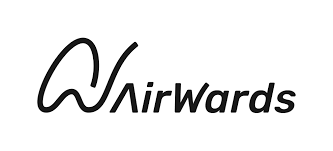Airwards – Drone Awards

CELEBRATING THE FUTURE OF UAVs
The first global digital awards scheme of its kind to recognise positive drone use cases which are
innovative, safe and have real world implications.
We are thrilled to be working with our partner Airwards who are on a mission to recognise and award innovative, responsible, and impactful drone use cases around the world.
The submissions deadline for the awards is 12th March, so get submitting to the variety of categories available: https://www.airwards.online/categories-main
There’s even a People’s Choice you can get involved in: https://www.airwards.online/categories-main#peoples-choice
We are excited to see all the fantastic examples of how drones are being used positively around the world!

